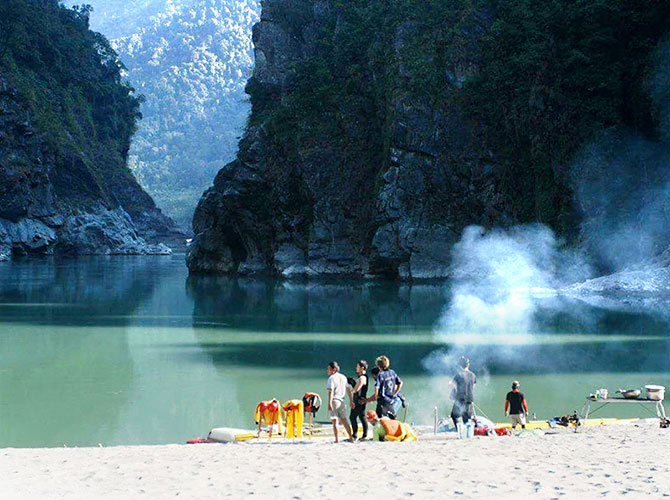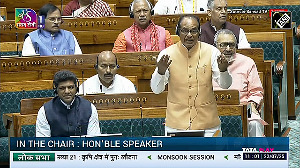Arunachal Pradesh Chief Minister Pema Khandu on Wednesday expressed concern over China's proposed mega hydropower project on the upstream of Siang River in Tibet, stating it will have a cascading effect on India and Bangladesh in the near future.

During a zero-hour discussion in the state assembly, initiated by Congress MLA Lombo Tayeng seeking a declaration of recurring annual floods in Siang Valley as a natural calamity, Khandu said China has proposed a 60,000 MW hydro-power plant on the river, called Tsangpo in Tibet, in its 14th five-year plan.
"We are worried about the project's impact in the future. Accordingly, a high-level meeting of the Brahmaputra Board was convened recently. The Centre has proposed a barrage on Siang river so that Chinese activities do not affect the river," he said.
Khandu said a survey for the proposed barrage will be carried out, and once it is completed, the Centre will decide on the next step.
Tayeng, while initiating the discussion, pointed out that the Siang river is frequently changing its course causing massive land erosion of a few lakh hectares of cultivated land, and reducing the area of the D Ering wildlife sanctuary.
"Since there is a possible involvement of China in blocking and diverting of water, dumping of construction material in the river and unwarranted releasing of water in the upstream in their territory, if the phenomenon of recurring floods in Siang Valley is not declared a national calamity and adequate measures taken, it may be disastrous in near future," Tayeng said.
Khandu, in response, informed the assembly that there is no provision, executive or legal, to declare a recurring natural calamity as a national calamity.
The existing guidelines of the State Disaster Response Fund (SDRF) and National Disaster Response Fund (NDRF) do not contemplate declaring a disaster as a national calamity.
"There is also no mention of national calamity in Disaster Management Act 2005," the chief minister added.
He said in case of any major disaster, an inter-ministerial central team visits the affected areas and on the basis of their recommendation and report, the National Disaster Management Authority (NDMA) allocates additional funds to the state from the NDRF.
At least three districts of the state -- Siang, Upper Siang and East Siang -- through which the river passes before entering Assam, where the river is known as Brahmaputra, experiences annual floods during the monsoon.
He said a proposal for erosion control and flood management in the left bank of the Siang River in the Mebo sub-division of East Siang district was submitted by the Arunachal Pradesh government to the Union jal shakti ministry.
The ministry asked the state administration in May this year to resubmit the proposal in an integrated manner by adopting a basin or sub-basin approach covering the major length of the rivers and their tributaries instead of proposing separate works in selected or arbitrary reaches, he added.











